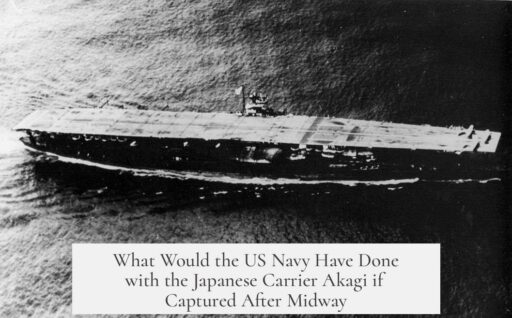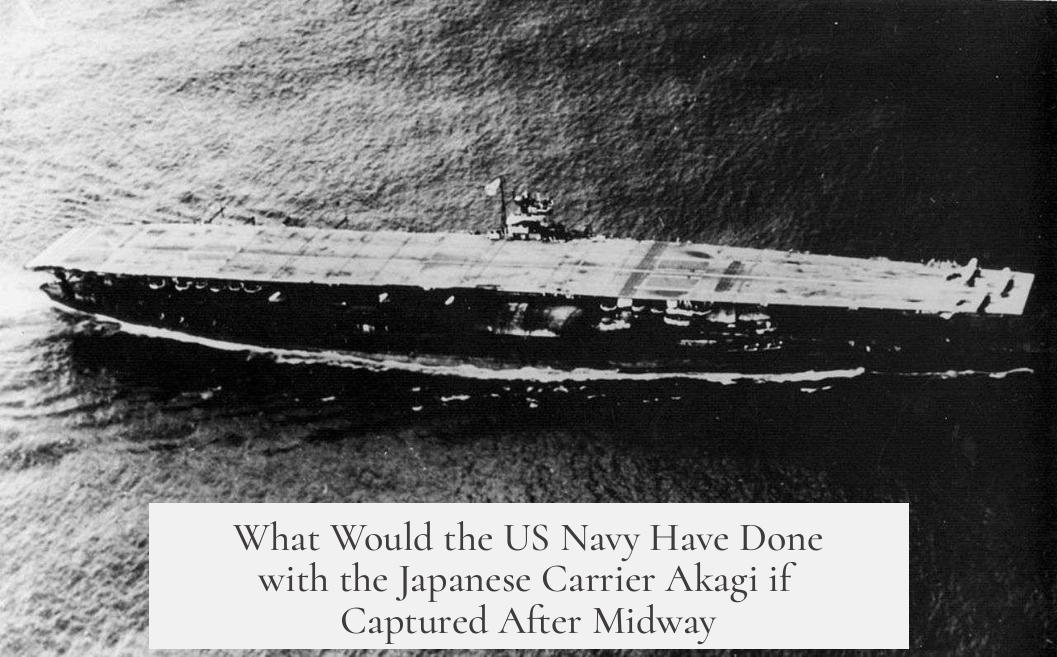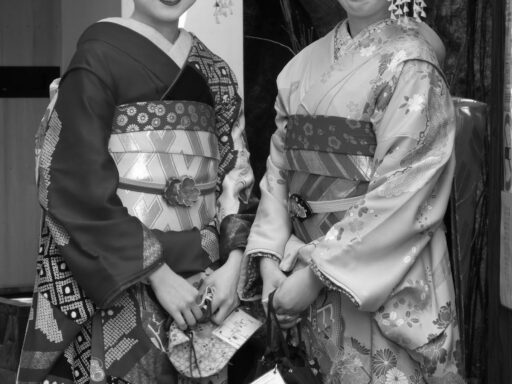The US Navy in the early stages of the Pacific War would face major obstacles in using a captured Japanese carrier like the Akagi for combat. Practical considerations, intelligence opportunities, and morale impacts shaped their likely response.
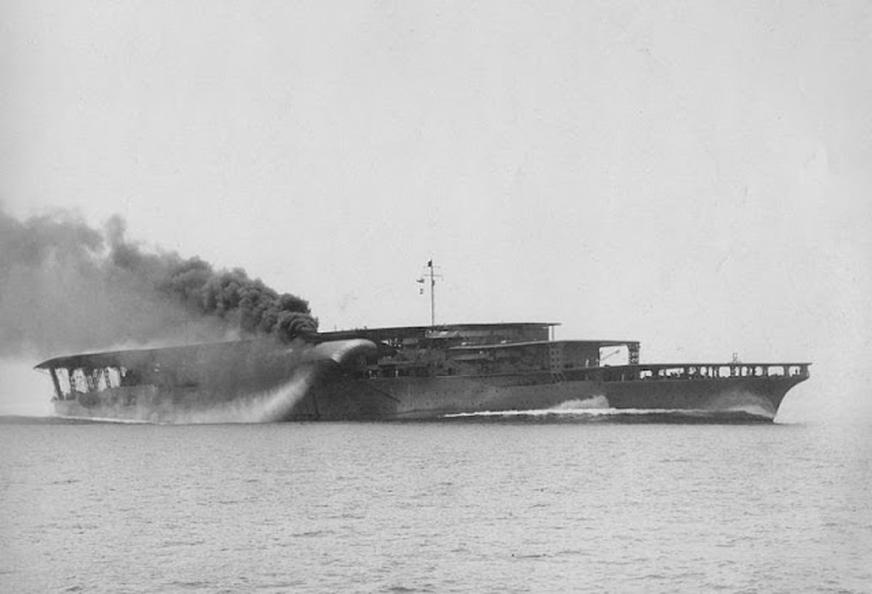
Recovering the Akagi after Midway would be challenging. The ship sustained extensive damage, making it doubtful she could be salvaged for active use. Even if raised, the Navy would need to overhaul her. This includes removing all Japanese guns, machinery, and most systems, then replacing them with US equivalents. This retrofit could take months or longer, limiting any immediate combat value.
Instead of direct deployment, the Navy would focus on intelligence exploitation. Examining an intact or partially intact carrier would reveal valuable details on Japanese design. Structural layouts, compartmentalization, and equipment could be studied to identify vulnerabilities. Such knowledge would aid US tacticians in developing strategies to counter Japanese carriers more effectively. The examination could also extend to aircraft capacities and damage control features, improving US understanding of enemy operational limitations.
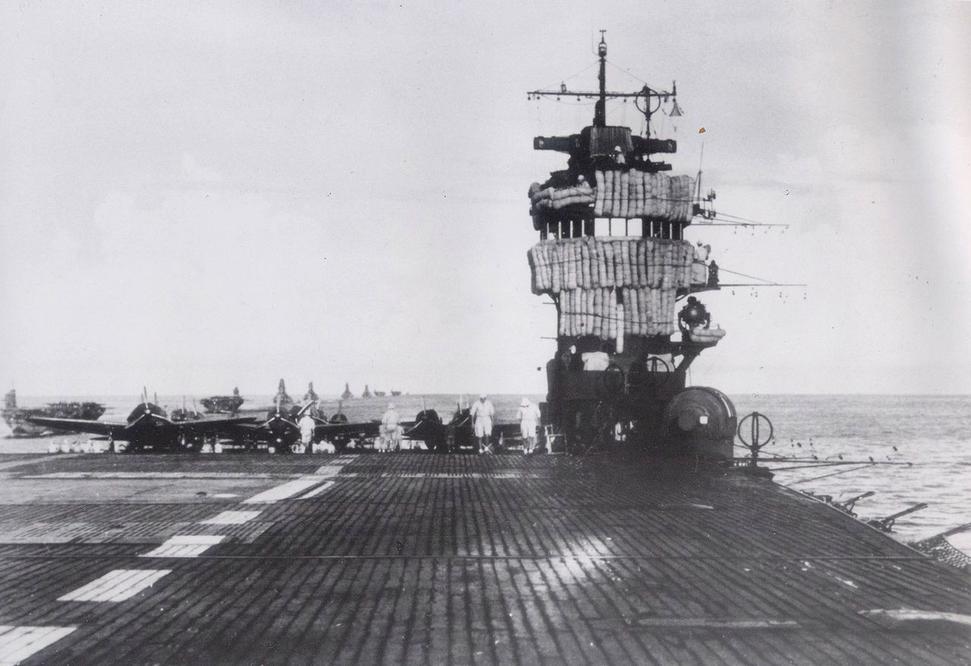
Propaganda considerations also influenced decisions about captured vessels. Allowing an enemy flagship to fall into American hands would humiliate Japan. Scuttling ships to prevent capture became standard practice, as with the German battlecruiser Lützow at Jutland. By sinking their own ships, navies denied opponents the ability to revise weaknesses and gain a morale boost from captured prizes. For the Japanese, scuttling the Akagi prevented such a scenario and reaffirmed control over their fleet’s reputation. Ships that were irreparably damaged were always better sunk than seized intact.
In the early Pacific War, recovering heavily damaged vessels like Akagi was rarely practical. Most of these ships were beyond repair and likely to sink regardless. Deliberate scuttling ensured total loss and denied any chance for the enemy to salvage or exploit the asset.
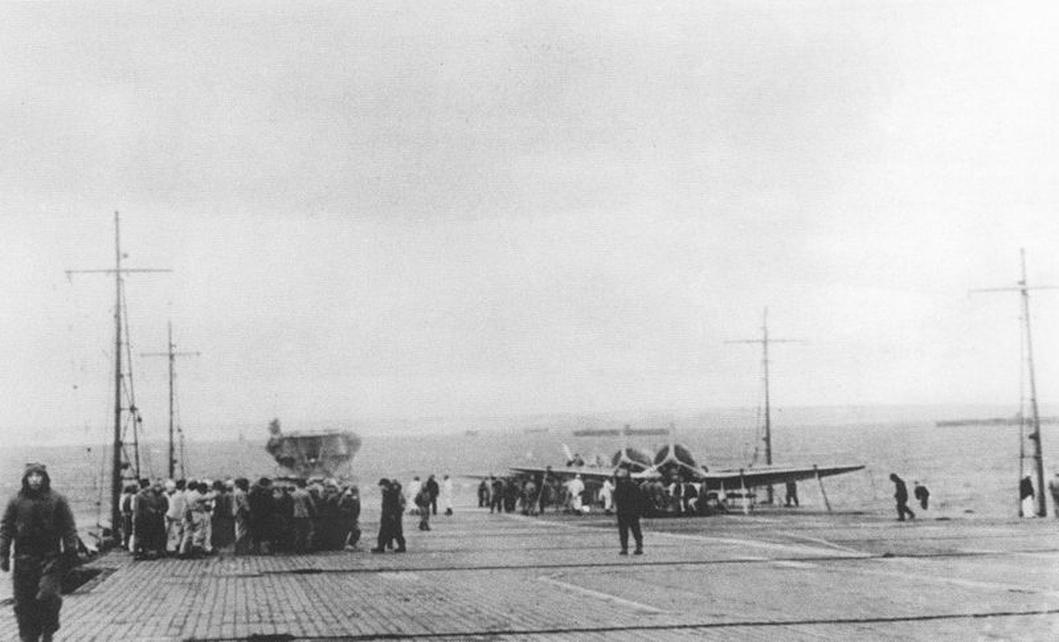
| Aspect | US Navy Likely Action |
|---|---|
| Combat Use | Unlikely due to extensive repairs and retrofit needed |
| Intelligence | Study design, equipment, weaknesses, and vulnerabilities |
| Morale | Capture seen as humiliating for Japan; scuttling preferred |
| Salvage Feasibility | Low due to severe damage, most ships unrecoverable |
- Captured carriers require massive overhaul to be combat-ready.
- Intelligence gains from studying enemy carriers outweigh operational use.
- Scuttling prevents enemy propaganda and technological advantage.
- Severely damaged ships like Akagi were unlikely to be salvaged effectively.
What Would the US Navy Have Done with a Captured Japanese Carrier Like Akagi After Midway?
In the early stages of the Pacific War, if the US Navy had managed to capture the Japanese carrier Akagi instead of her being scuttled at Midway, the steps they’d take would have been complicated and multi-layered. Rather than a quick turnaround to deploy her in combat, the US would have focused first on intelligence gathering, making significant repairs, and navigating tricky practical and morale challenges.
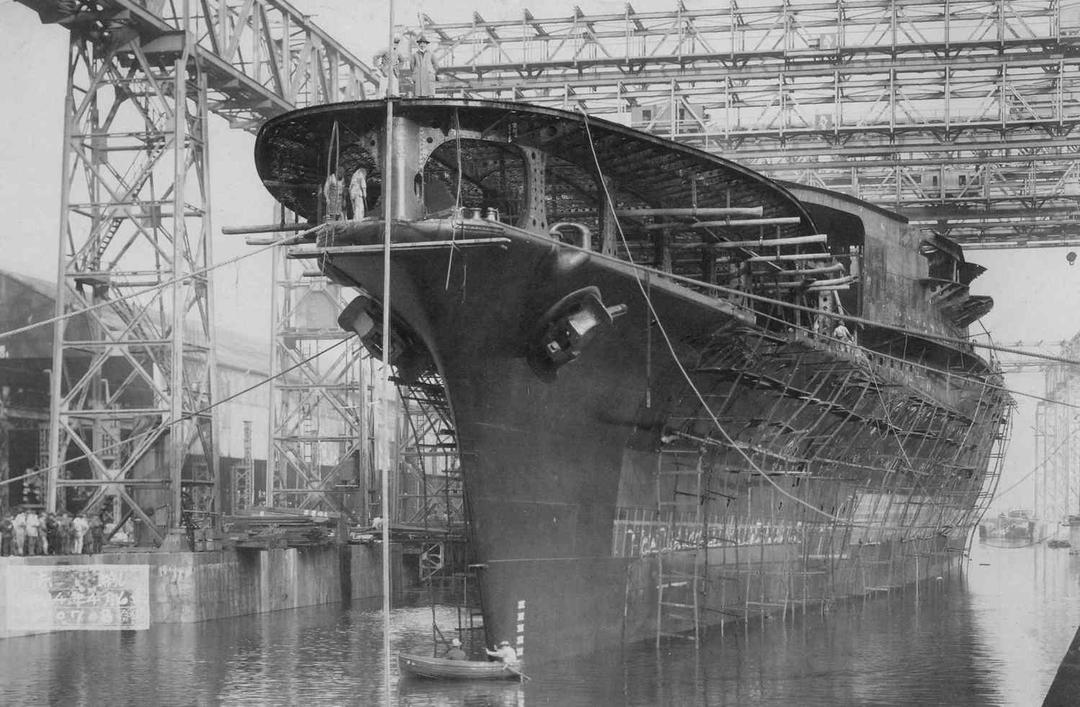
Sounds like a lot more than just painting an American flag on the deck and calling it a day, right? Let’s break down what would really happen behind the scenes.
Repairing and Refitting—A Herculean Effort
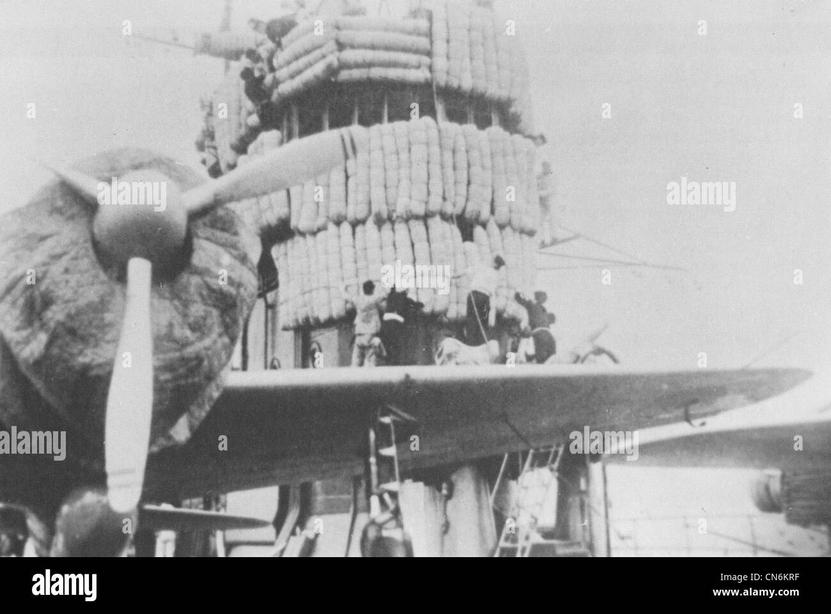
The Akagi didn’t just surrender gracefully; she was beaten badly. Recovering her would have been borderline miraculous. But supposing the US pulled her from the watery grave, the real work would just be starting.
It’s not as simple as firing her up and sailing off. Most of her guns, machinery, and key equipment would have to be ripped out and replaced piece by piece. This isn’t a quick weekend project—it’s like rebuilding half a skyscraper while still standing on-site. The US Navy would need to replace Japanese components with American ones to ensure compatibility and operability. Imagine trying to drive a Ford with a Toyota engine—yeah, that’s the kind of headache we’re talking about.
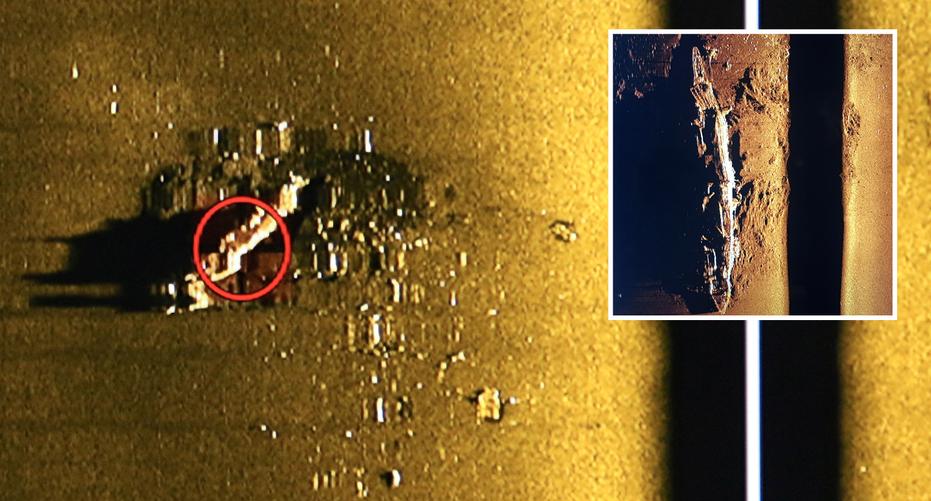
Considering the War was raging, would the US even want to dedicate months—if not longer—to overhauling an enemy ship? That’s a tough call.
Turning the Carrier into a Goldmine of Intelligence
The more practical immediate use would be intelligence. Even a damaged carrier offers plenty of clues about the enemy’s design philosophies and vulnerabilities. Warships like Akagi reveal secrets about compartment layouts, armor strategies, and sensor placements that American engineers could scrutinize.
Studying her structural form helps answer big questions like, “How do we sink this thing next time?” or “What weaknesses are we missing that Japanese designers thought cleverly hidden?”
This knowledge is pure gold. The US Navy would likely prioritize salvaging intact technology and blueprints, possibly even aircraft design insights, rather than rushing to make her combat-ready.
The Morale Factor—Winning the War of the Mind
Certainly, capturing an enemy flagship has a morale boost potential, but it comes with baggage. Losing your flagship to capture? That’s humiliating for any navy. The Japanese, knowing this, had a standard operating procedure: evacuate the crew, then scuttle the ship to keep it out of enemy hands.
Historical parallels help illustrate this. At the Battle of Jutland, the Germans chose to sink the damaged battlecruiser Lützow after evacuating her crew, firing torpedoes into her side rather than letting the British get their hands dirty.
Scuttling means denying the enemy not only a prize but also the chance to parade your flag as their trophy—and the chance to dissect your warships like a school frog.
Could the Akagi Even Have Been Recovered?
That’s the million-dollar question. Most warships badly hit in battle—like Akagi at Midway—were simply too wrecked to save.
In many cases, repairing or refitting them would cost more time and resources than building new ships. Plus, while the Akagi rested on the ocean floor momentarily intact, severe structural damage and water ingress meant she likely wouldn’t have floated on her own for recovery attempts.
The scuttling was also a practical safeguard: it ensured the Japanese ensured she sank quickly, denying the Americans even a fighting chance to capture her intact.
So, What If the US Did Capture the Akagi? Here’s What They’d Probably Do:
- 1. Immediate Evacuation and Damage Assessment: Make sure no lives are at risk, then evaluate if recovery is even possible.
- 2. Intelligence Gathering: Use the opportunity to study her design, layout, and fight tactics to inform US strategies and anti-carrier tactics.
- 3. Extensive Repairs: If salvaging for use in combat, completely strip Japanese hardware and replace it with American equipment. This would be a slow, resource-heavy project.
- 4. Propaganda Value: The US might publicize the capture as a symbolic boost, but a hobbled or disarmed ship isn’t much of a trophy.
- 5. Combat Deployment: If refit could be completed (big if), the carrier could add to America’s fast-growing fleet, though it’s unlikely this would happen in the war’s early years.
Anything Else to Consider?
Of course, there’s the human side. The Japanese crews were trained to scuttle their ships rather than be captured. So even if Akagi was within reach, the US would likely face challenging conditions aboard the wreck—booby traps, sabotage, or incomplete data. Not an easy prize.
Additionally, capturing a functional Japanese carrier would raise logistical puzzles. Training US crew to operate a foreign ship’s restored systems, or converting it fully, adds months of delay. Time was a luxury the US Navy didn’t always have.
Final Thoughts
While the thought of an American-operated Akagi prowling the Pacific is intriguing, the reality was that the US Navy would likely have poured its efforts into intelligence and cautious salvage rather than rushing her back into action. The scuttling of Akagi was more than just a fallback tactic—it was a strategic denial of secrets, tools, and morale victories to the enemy.
So next time you picture Midway, remember that naval warfare isn’t just about sinking enemy ships, but also about denying them the chance to become your potential assets. The Akagi’s watery grave kept her secrets deep, forcing the US to learn by other means—and that might have been the smartest move of all.
